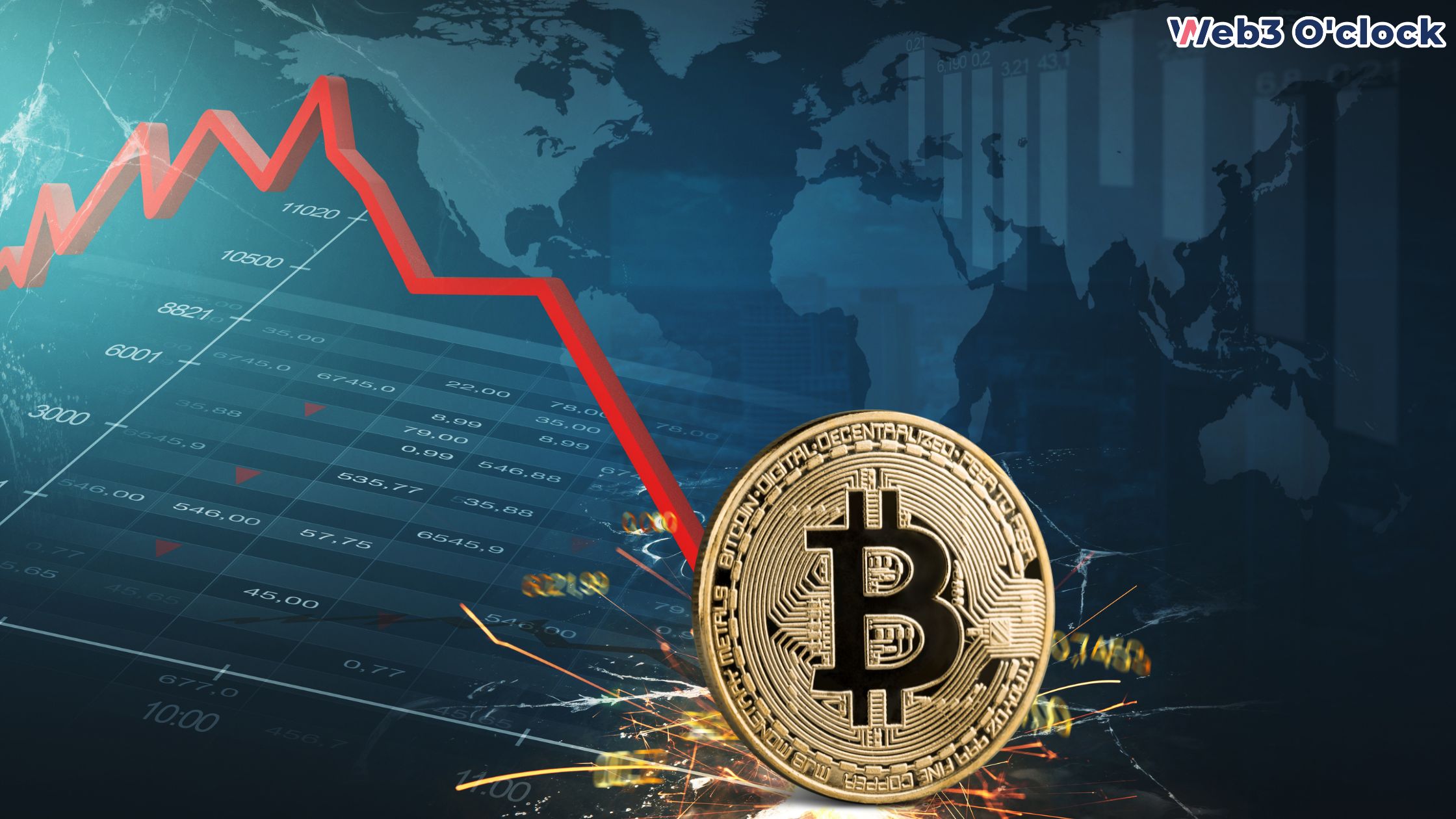In recent news, the US Congress witnessed a major setback in the regulation of payments stablecoins, as the proposed bill failed to reach a consensus between Republican leader Patrick McHenry and Democratic Representative Maxine Waters. The ‘Clarity for Payment Stablecoins Act of 2023’ aimed to bring transparency and oversight to the stablecoin market, but a lack of compromise on critical provisions led to the bill’s stalling. In this blog, we will delve into the key aspects of the stablecoin debate, the proposed bill’s objectives, and the implications of its failure.
The Rise of Stablecoins
Stablecoins are a type of cryptocurrency that attempts to maintain a stable value by pegging it to a fiat currency like the US Dollar or a commodity. They have gained popularity as a bridge between the traditional financial system and the crypto world due to their reduced price volatility compared to other cryptocurrencies like Bitcoin and Ethereum.
The Need for Regulation
As the use of stablecoins grows, concerns about potential risks and lack of oversight have also emerged. While these digital assets offer several benefits, their unregulated nature has raised questions about consumer protection, money laundering, and financial stability. The proposed bill aimed to address these concerns and provide a framework to govern stablecoin issuers.
Key Provisions of the Proposed Bill
The ‘Clarity for Payment Stablecoins Act of 2023’ was a proposed bill in the US Congress aimed at regulating payment stablecoins. Its key provisions included:
- Limitations on Issuers: The bill sought to define who can issue payment stablecoins for use by individuals in the United States. By setting clear guidelines, it aimed to prevent unauthorized entities from entering the stablecoin market.
- Reserve Requirements: To ensure stability and protect users, the bill required stablecoin issuers to maintain reserves that back the value of their stablecoins. These reserves would consist of assets like the US currency, insured demand deposits, Treasury bills, and central bank reserve deposits.
- Auditing and Reporting: To enhance transparency and accountability, the bill proposed regular audits of stablecoin issuers by registered public accounting firms. Monthly certifications and examination reports would help detect any potential issues or discrepancies.
- Collateralization: The bill intended to reduce the risk of stablecoin collapses by ensuring that stablecoins are fully backed by tangible assets, thereby minimizing the chance of a sudden loss in value.
The Halt and Blame Game
Despite efforts to find common ground between both parties, the bill hit a roadblock due to disagreements over certain key provisions. Congressman McHenry expressed his disappointment with the Democrats, accusing them of being unwilling to compromise. On the other hand, Democratic Representative Waters emphasized the need for a thorough consideration and recorded vote on the matter.
The Impact of the Failed Deal
The failure to reach a consensus on the stablecoin bill leaves the cryptocurrency market in a state of uncertainty. With no clear regulatory framework, stablecoin issuers may continue to operate without standardized rules, potentially exposing users to risks. Lack of oversight could also hinder the wider adoption of stablecoins in mainstream finance, as investors and institutions may remain wary of the unregulated environment.
Conclusion
The failed deal on the stablecoin bill in the US Congress highlights the complexities and challenges of regulating the ever-evolving world of cryptocurrencies. While the bill aimed to bring clarity and security to the stablecoin market, the lack of compromise between Republican and Democratic leaders has left the industry in limbo. As the crypto space continues to grow, it becomes increasingly important for policymakers to find common ground and create a balanced regulatory framework that fosters innovation while safeguarding the interests of users and investors. Only time will tell how the stablecoin debate unfolds, but for now, the wait for comprehensive regulation continues.
FAQs
What are stablecoins, and how do they differ from other cryptocurrencies?
Stablecoins are a type of cryptocurrency designed to maintain a stable value by pegging it to a fiat currency or a commodity. Unlike traditional cryptocurrencies like Bitcoin and Ethereum, which are known for their price volatility, stablecoins aim to provide a more reliable and predictable value. The stable value is achieved by backing the stablecoin with reserve assets, such as the US Dollar or other stable assets, which helps maintain a steady price and reduces the risk for investors and users.
Why is the regulation of stablecoins necessary?
The regulation of stablecoins is essential to address various concerns related to consumer protection, financial stability, and potential illegal activities. Without proper oversight, stablecoin issuers might operate without sufficient reserves, leading to potential collapses and losses for users. Additionally, the lack of regulation could facilitate money laundering and other illicit activities within the crypto space. By introducing a regulatory framework, authorities aim to strike a balance between fostering innovation and ensuring a secure environment for stablecoin users and the broader financial system.











